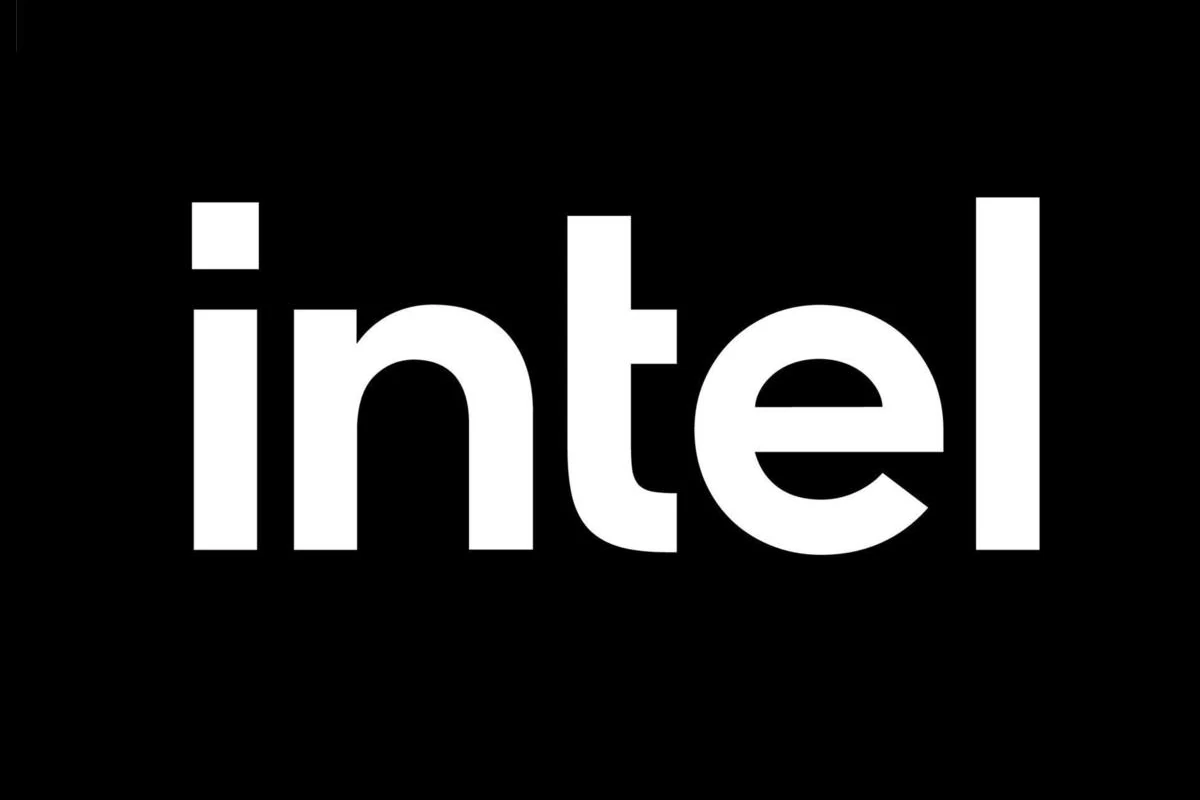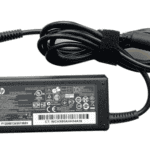Former Intel executive Peng Bai has been appointed president of Hua Hong Semiconductor, China’s second-largest semiconductor foundry, amid rising U.S.-China tech tensions. He takes over from Junjun Tang on a three-year contract. Bai has a lengthy background in the semiconductor industry, having spent 31 years at Intel, including key leadership roles.
His appointment comes as China invests heavily in its chip industry to reduce dependence on U.S. technology, paralleling global efforts for semiconductor independence, highlighted by initiatives like the U.S. CHIPS and Science Act and the EU Chips Act.
The Impact of Executive Movement on the Semiconductor Industry
Peng Bai’s Move to Hua Hong
Peng Bai, a former Intel executive with over 30 years of experience in the semiconductor industry, has joined Hua Hong Semiconductor as a leader. Hua Hong is China’s second-largest chip foundry. This move is happening during a time of increased competition between the US and China in technology, especially in semiconductor manufacturing. Peng Bai’s experience at Intel, including his role as Global Vice President, makes him a valuable asset to Hua Hong. He also served as CEO of Rong Semiconductor before joining Hua Hong.
The Significance of Chip Foundries
Chip foundries are companies that make semiconductors for other companies that design them. They are a crucial part of the global technology supply chain. Taiwan Semiconductor Manufacturing Company (TSMC) is the world’s largest chip foundry, holding more than half of the global market share. Hua Hong is a major player in China’s semiconductor industry, and Bai’s appointment could help the company grow and compete more effectively on a global scale.
The US-China Tech Rivalry
The competition between the US and China in technology is intense, especially in areas like semiconductors and artificial intelligence. The US has implemented restrictions on technology exports to China, aiming to slow down China’s technological advancement. China is investing heavily in its domestic semiconductor industry to reduce its reliance on foreign technology. Peng Bai’s move to Hua Hong underscores this push for technological self-sufficiency. This rivalry has led to concerns about supply chain security and national security implications.
Potential Impacts and Considerations
This executive move has several potential impacts:
- Technology Transfer: There are concerns about the transfer of knowledge and expertise from US companies to Chinese companies.
- Talent Acquisition: It highlights China’s efforts to attract experienced professionals to boost its semiconductor industry.
- Market Competition: It could intensify competition in the global semiconductor market.
- National Security: The move could raise national security concerns, as semiconductors are vital for many industries, including defense and telecommunications.
Comparing Key Semiconductor Foundries
| Foundry | Headquarters | Market Share (Approximate) | Key Focus |
|---|---|---|---|
| TSMC | Taiwan | Over 50% | Advanced process nodes |
| Samsung Foundry | South Korea | Around 15-20% | Advanced process nodes |
| GlobalFoundries | United States | Around 6-7% | Specialized chips |
| UMC | Taiwan | Around 6-7% | Mature process nodes |
| Hua Hong | China | Around 3-4% | Specialized chips and mature process nodes |
The Broader Semiconductor Landscape
The semiconductor industry is constantly changing. Companies are investing billions in research and development to create smaller, faster, and more efficient chips. This competition drives innovation and leads to new technologies that impact many areas of our lives, from smartphones and computers to cars and medical devices. The global chip shortage in recent years has highlighted the importance of a stable and diversified semiconductor supply chain. Governments around the world are now looking at ways to strengthen their domestic chip industries and reduce their dependence on other countries. This includes offering incentives to companies to build new chip manufacturing plants.
Talent Movement in the Tech Industry
The movement of talented individuals between companies is common in the tech industry. Engineers, executives, and researchers often change jobs to pursue new opportunities, advance their careers, or work on different projects. This movement of talent can benefit companies by bringing in fresh ideas and expertise. However, it can also raise concerns about intellectual property and competitive advantage. Companies often use non-compete agreements and other measures to protect their valuable information and talent. The movement of Peng Bai to Hua Hong is one example of this talent movement, and it highlights the global competition for skilled workers in the semiconductor industry.
Short Summary:
- Peng Bai, ex-Intel VP, takes over as president of Hua Hong Semiconductor.
- Hua Hong focuses on mature node technology and has faced challenges amid U.S. trade restrictions.
- China is investing heavily in its semiconductor industry to achieve self-sufficiency.
In a strategic reshuffle that underscores the intensifying tech rivalry between the United States and China, Hua Hong Semiconductor has announced the appointment of Peng Bai, a former senior vice president at Intel, as its new president. This transition was disclosed in a corporate announcement made to investors on a recent Wednesday, marking a pivotal moment for one of China’s leading semiconductor manufacturers.
Hua Hong Semiconductor, headquartered in Shanghai, is recognized as China’s second-largest semiconductor foundry. The company primarily specializes in the production of chips utilizing older, yet still relevant, technologies. Foundries such as Hua Hong play a crucial role in the semiconductor supply chain, fabricating chips on behalf of design firms and other tech companies.
Peng Bai, who has an extensive background in the semiconductor industry spanning over 30 years, assumes his role on a three-year contract. His notable experience includes a significant tenure at Intel, where he was responsible for various leadership roles, most notably as vice president overseeing global supply chain operations. Prior to moving to Hua Hong, Bai served as CEO of Rong Semiconductor, another Chinese chipmaker focused on mature node technologies.
“This move signifies Hua Hong’s ambition to strengthen its position within the semiconductor ecosystem, especially at a time when geopolitical dynamics are rapidly evolving,” elaborated industry analyst Mike Rogoway.
Bai brings a wealth of international experience to his new role. Originally hailing from Sichuan, China, he earned his undergraduate degree in physics from the prestigious Peking University, and has since acquired further qualifications, including a doctoral degree from Rensselaer Polytechnic Institute in New York. His multifaceted expertise is expected to play a vital role in guiding Hua Hong through the complex landscape of the semiconductor market.
The need for this leadership change emerges at a critical juncture for the Chinese semiconductor industry, which is facing increasing scrutiny and restrictions from the U.S. government. The U.S. has imposed stringent regulations on technology transfers to China, leading to a tense atmosphere where collaboration between American semiconductor firms and their Chinese counterparts has grown fraught.
Such geopolitical tensions have spurred China to channel significant financial resources into its semiconductor sector, aiming for technological independence from the West. According to various reports, China’s semiconductor market saw sales of approximately 1.2 trillion yuan (about $164.4 billion) in 2023, reflecting a growth trajectory of 7.8% year-on-year. However, despite these advancements, there remains a notable technological gap, particularly in cutting-edge manufacturing capabilities compared to U.S. firms.
The appointment of Bai comes shortly after Hua Hong Semiconductor began operations at a new facility in Wuxi, a city in Jiangsu province, which is expected to enhance its production capabilities substantially. This facility is part of the company’s strategic aim to meet rising demand from local chip design companies as well as to increase its market presence globally.
“Hua Hong is committed to pushing the boundaries of technology in the semiconductor sector, and Peng Bai’s leadership is expected to be instrumental in this journey,” stated the outgoing president, Junjun Tang, who retains the role of chairman and executive director at the company.
Market dynamics further complicate Hua Hong’s ambitions. The company recently ranked as the sixth-largest global semiconductor foundry in Q3 of 2024, having garnered a market share of 2.2%. This figure represents a decrease from 2.6% compared to the same quarter the previous year, as per data released by Taiwanese IC research firm TrendForce. The decline in market share poses a significant challenge, particularly as American companies continue to dominate the advanced semiconductor space.
The semiconductor landscape is evolving rapidly. Globally, companies are scrambling to stockpile essential materials amid fears of further restrictions. Chinese firms, in particular, are sourcing advanced chip materials from U.S. suppliers in a race against time before new regulations are proposed in 2025. This urgency underscores the high stakes involved in semiconductor manufacturing, given its pivotal role in various sectors—including consumer electronics and military technologies.
As these tensions unfold, U.S. entities have been urged to be cautious in their dealings with Chinese manufacturers, particularly after the Biden administration announced export controls targeting around 140 Chinese entities. Control over semiconductor technology is increasingly perceived not just as an economic issue but also a significant geopolitical concern. The U.S. believes that superior semiconductor technologies could potentially bolster China’s military and AI capabilities.
In response, China has ramped up its investments in domestic semiconductor manufacturing capabilities, striving to enhance its self-sufficiency from 15% to 30% by 2025. This ambitious goal involves a substantial increase in local production, from roughly 180 billion yuan (approximately $24.7 billion) to an estimated 360 billion yuan ($50 billion), yet U.S. materials continue to outperform domestic alternatives in both quality and consistency.
Analysts point out that the evolving U.S.-China rivalry is reshaping the global tech landscape, with potential repercussions on innovation, economic competitiveness, and national security. The urgency for both countries to secure their semiconductor supply chains reflects the critical importance of chips, which form the backbone of technologies powering everything from smartphones to sophisticated military systems.
As Peng Bai steps into his role at Hua Hong Semiconductor, his leadership will be crucial for navigating these turbulent waters in the semiconductor industry. The challenge ahead involves not just maintaining competitive operational performance but also contributing to the broader mission of revitalizing China’s semiconductor capabilities amid stiff international competition.
In summary, the change in leadership at Hua Hong Semiconductor, marked by the appointment of Peng Bai, signals the company’s attempt to bolster its presence in the semiconductor market and navigate the complexities posed by U.S.-China relations. As the global tech race intensifies, the outcomes of these maneuvers will be closely observed, both in terms of technological advancement and geopolitical stability.







